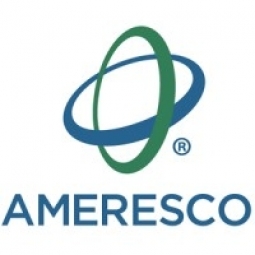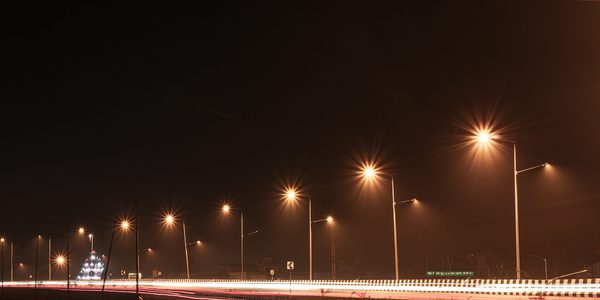Technology Category
- Functional Applications - Computerized Maintenance Management Systems (CMMS)
- Sensors - Environmental Sensors
Applicable Industries
- Buildings
- Cities & Municipalities
Applicable Functions
- Facility Management
- Maintenance
Use Cases
- Asset Lifecycle Management
- Smart City Operations
About The Customer
The customer in this case study is the City of Boulder. The city has a strong commitment to environmental sustainability, as evidenced by its ambitious Climate Action Plan. The plan calls for significant reductions in emissions from city buildings, with the ultimate goal of becoming a net-zero city by 2035. The city has a large facilities portfolio, consisting of 75 facilities and approximately 1.8 million square feet of gross floor area. The city is also committed to social responsibility and financial stewardship, and it sought to align its Facilities Master Plan with these principles.
The Challenge
The City of Boulder has set ambitious targets in its Climate Action Plan, aiming for an 80% reduction in emissions from city buildings by 2030, and striving to become a net-zero city by 2035. To achieve these goals, the city needed a Facilities Master Plan (FMP) that would align with these targets and address the city’s aging building portfolio. The city partnered with Ameresco to quantify and baseline building performance in terms of environmental sustainability, social responsibility, and financial stewardship. The city's facilities portfolio, comprised of 75 facilities and approximately 1.8 million square feet of gross floor area, required a long-term capital plan and a quantification of the deferred maintenance.
The Solution
Ameresco utilized the AssetPlanner® software solution to develop capital lifecycle needs, analyze operational expenditures over a 3-year period, and calculate the total cost of ownership (TOC) for each of the city’s facilities. This comprehensive needs analysis became a key component of Boulder’s acclaimed facilities master plan (FMP). Various strategies were modeled against a “do nothing” scenario to communicate impact and alignment to city goals. Ameresco also worked with the city on waste diversion as part of a redevelopment project, recycling and reusing materials from a former hospital building site set for deconstruction. Ameresco proposed seven individual energy conservation measures (ECMs) across 31 sites, including LED lighting upgrades, solar PV systems, smart heating and hot water systems, and loft insulation.
Operational Impact
Quantitative Benefit

Case Study missing?
Start adding your own!
Register with your work email and create a new case study profile for your business.
Related Case Studies.

Case Study
Turning A Stadium Into A Smart Building
Honeywell created what it called the “intelligent system” for the National Stadium in Beijing, China, turning the venue for the opening and closing events at the 2008 Summer Olympics into a “smart building.” Designed by highly controversial artist Ai Weiwei, the “Bird’s Nest” remains one of the most impressive feats of stadium architecture in the world. The 250,000 square meter structure housed more than 100,000 athletes and spectators at a time. To accommodate such capacity, China turned to Honeywell’s EBI Integrated Building Management System to create an integrated “intelligent system” for improved building security, safety and energy efficiency.
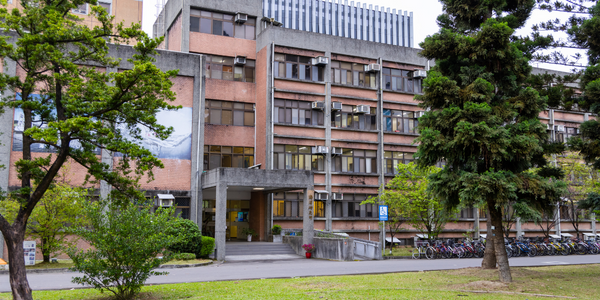
Case Study
Energy Saving & Power Monitoring System
Recently a university in Taiwan was experiencing dramatic power usage increases due to its growing number of campus buildings and students. Aiming to analyze their power consumption and increase their power efficiency across 52 buildings, the university wanted to build a power management system utilizing web-based hardware and software. With these goals in mind, they contacted Advantech to help them develop their system and provide them with the means to save energy in the years to come.
.png)
Case Study
Smart Street Light Network (Copenhagen)
Key stakeholders are taking a comprehensive approach to rethinking smart city innovation. City leaders have collaborated through partnerships involving government, research institutions and solution providers. The Copenhagen Solutions Lab is one of the leading organizations at the forefront of this movement. By bringing together manufacturers with municipal buyers, the Copenhagen Solutions Lab has catalyzed the development and deployment of next-generation smart city innovations. Copenhagen is leveraging this unique approach to accelerate the implementation of smart city solutions. One of the primary focus areas is LED street lighting.
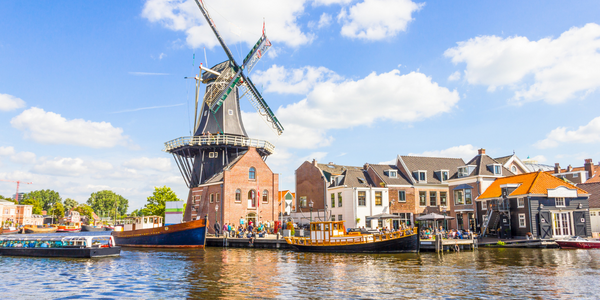
Case Study
Buoy Status Monitoring with LoRa
The Netherlands are well-known for their inland waterways, canals, sluices and of course port activities. The Dutch Ministry of Infrastructure indicates that there are thousands of buoys and fixed items in and near water environments that would profit from IoT monitoring. One of the problems with buoys for example, is that they get hit by ships and the anchor cable breaks. Without connectivity, it takes quite some time to find out that something has happened with that buoy. Not to mention the costs of renting a boat to go to the buoy to fix it. Another important issue, is that there is no real-time monitoring of the buoys at this moment. Only by physically visiting the object on the water, one gains insight in its status.
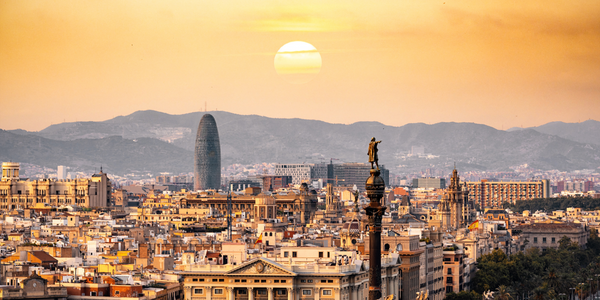
Case Study
Barcelona Case Study
Barcelona’s heavy traffic and its associated high levels of pollution were the primary factors that motivated some companies and universities to work on strategies for improving traffic in the city centre. Bitcarrier is one of the technologies involved in the In4Mo Project, whose main objective is to develop the applications that form the core of smart mobility, one of the fundamental pillars of the smart city concept.




